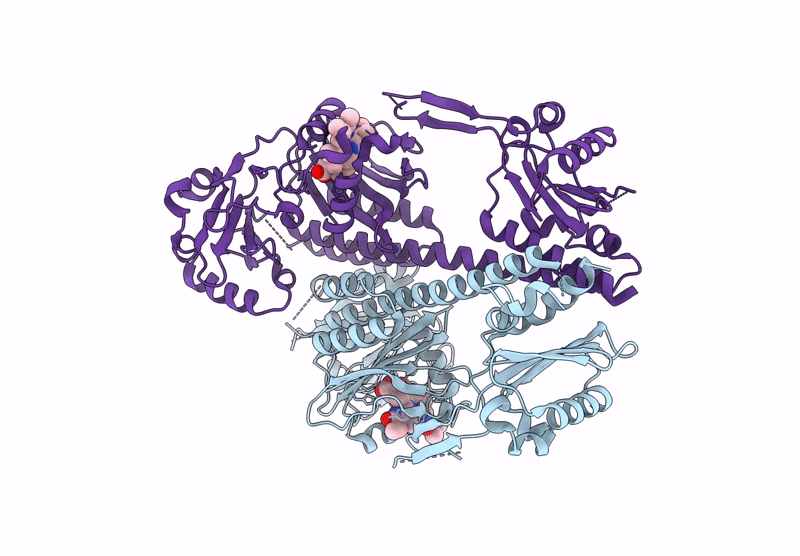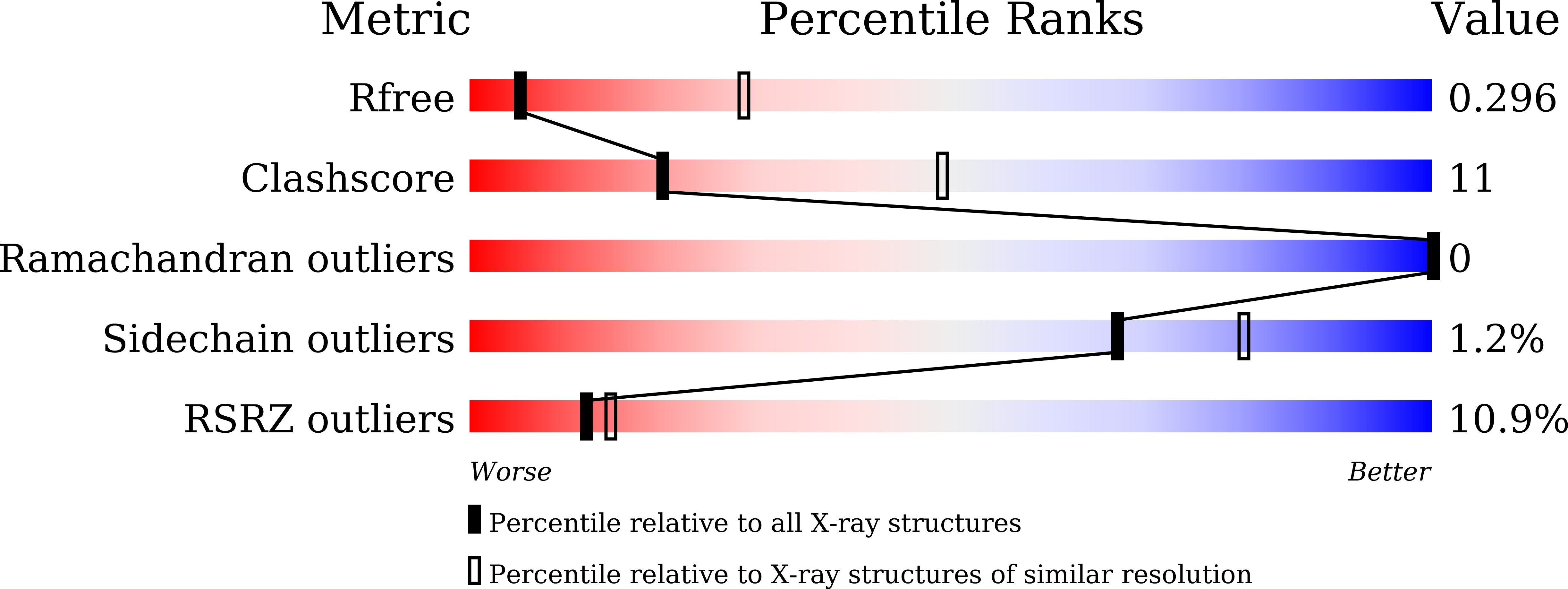
Deposition Date
2024-09-29
Release Date
2025-01-22
Last Version Date
2025-03-19
Entry Detail
PDB ID:
9JRY
Keywords:
Title:
Crystal structure of FiDCB, a dual-cysteine cyanobacterial phytochrome of Fischerella sp. PCC 9605
Biological Source:
Source Organism:
Fischerella sp. PCC 9605 (Taxon ID: 1173024)
Host Organism:
Method Details:
Experimental Method:
Resolution:
3.35 Å
R-Value Free:
0.29
R-Value Work:
0.27
R-Value Observed:
0.28
Space Group:
C 1 2 1


